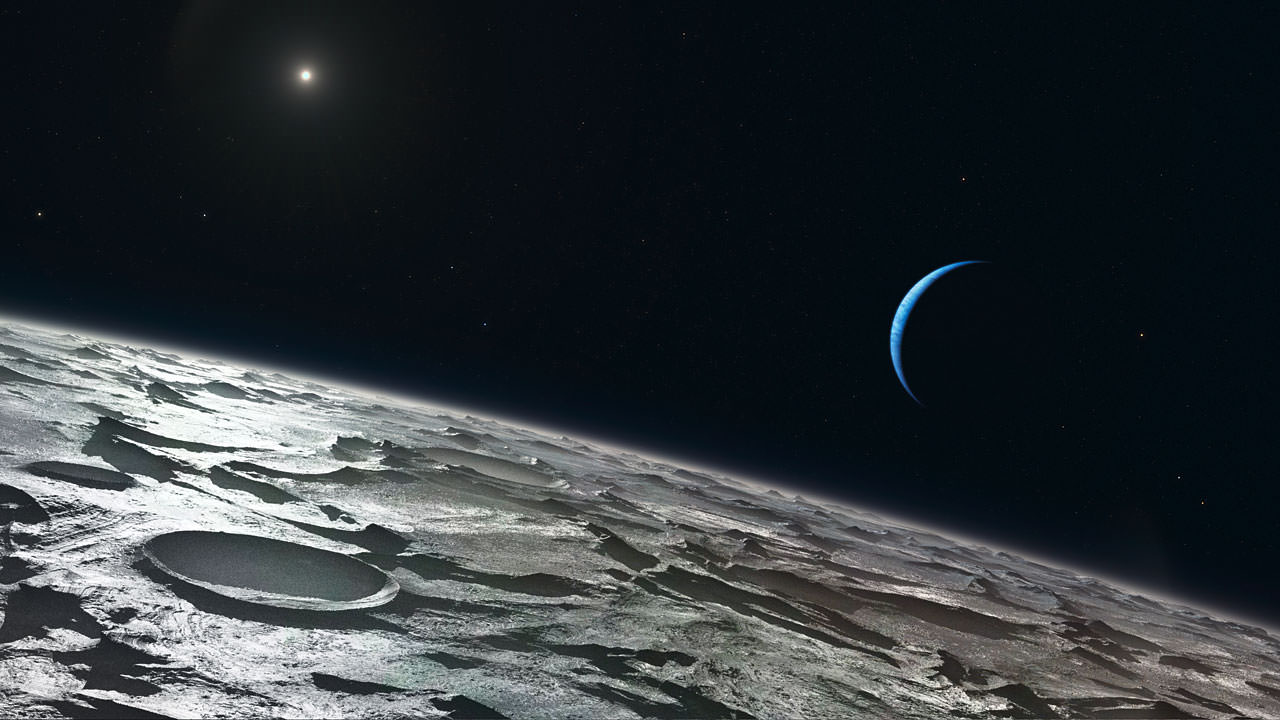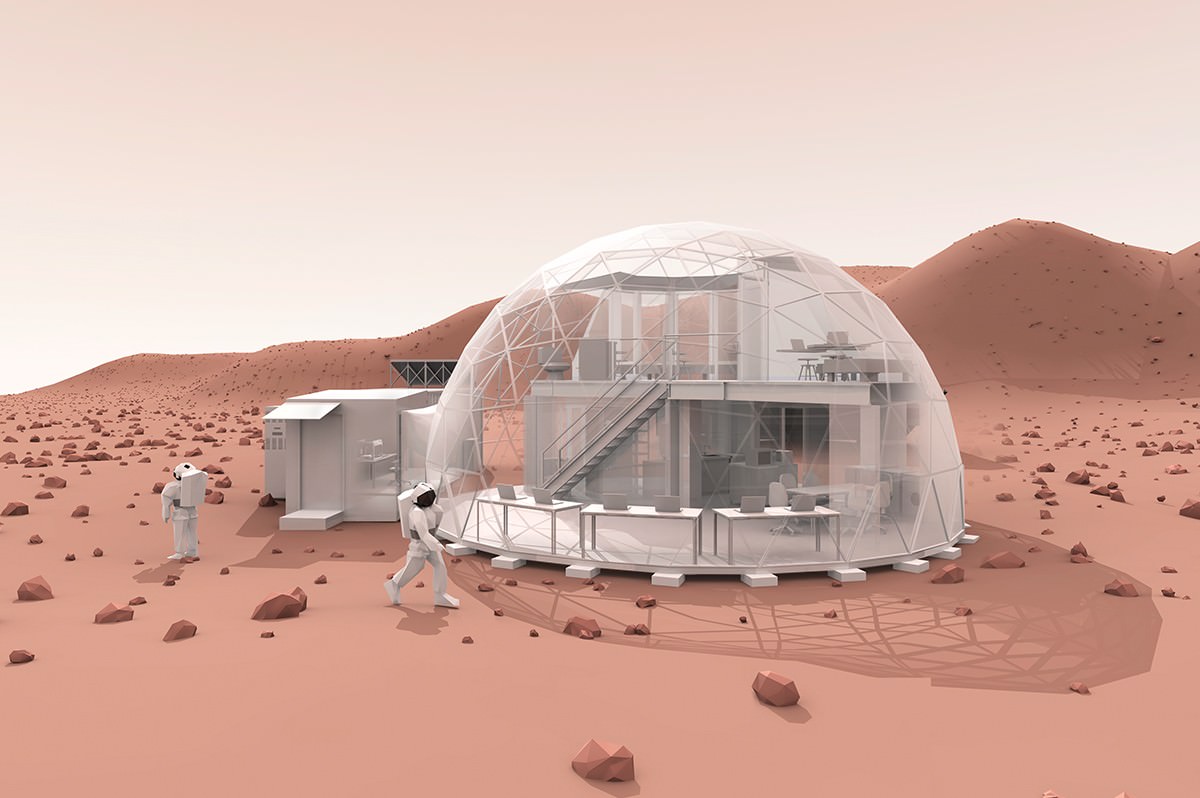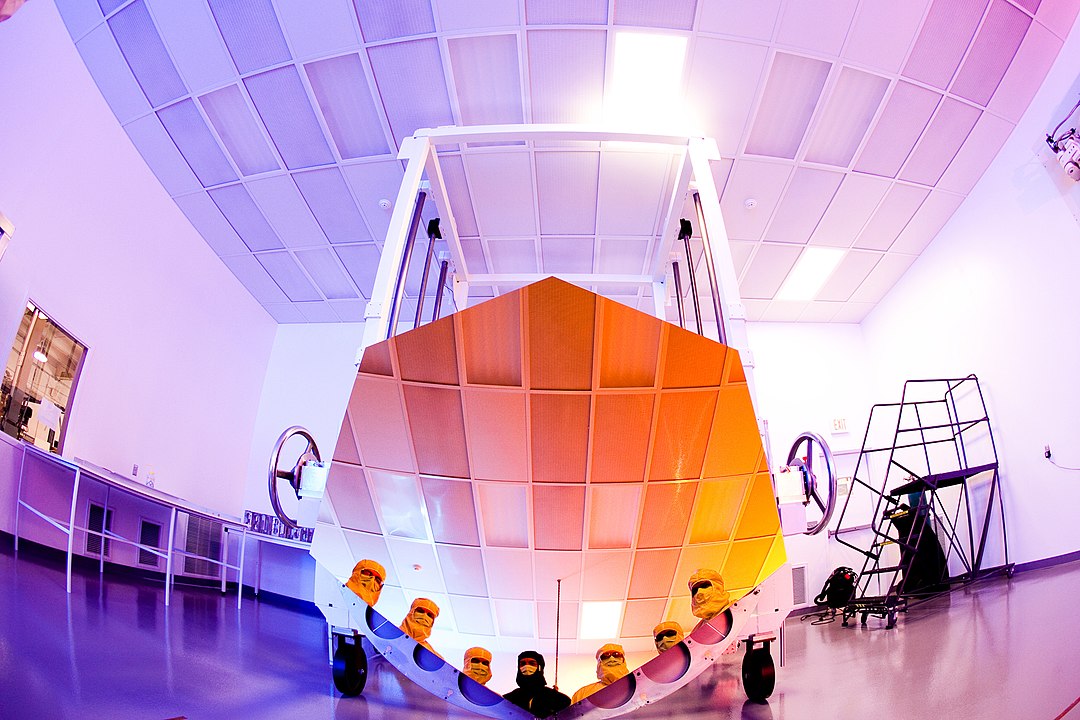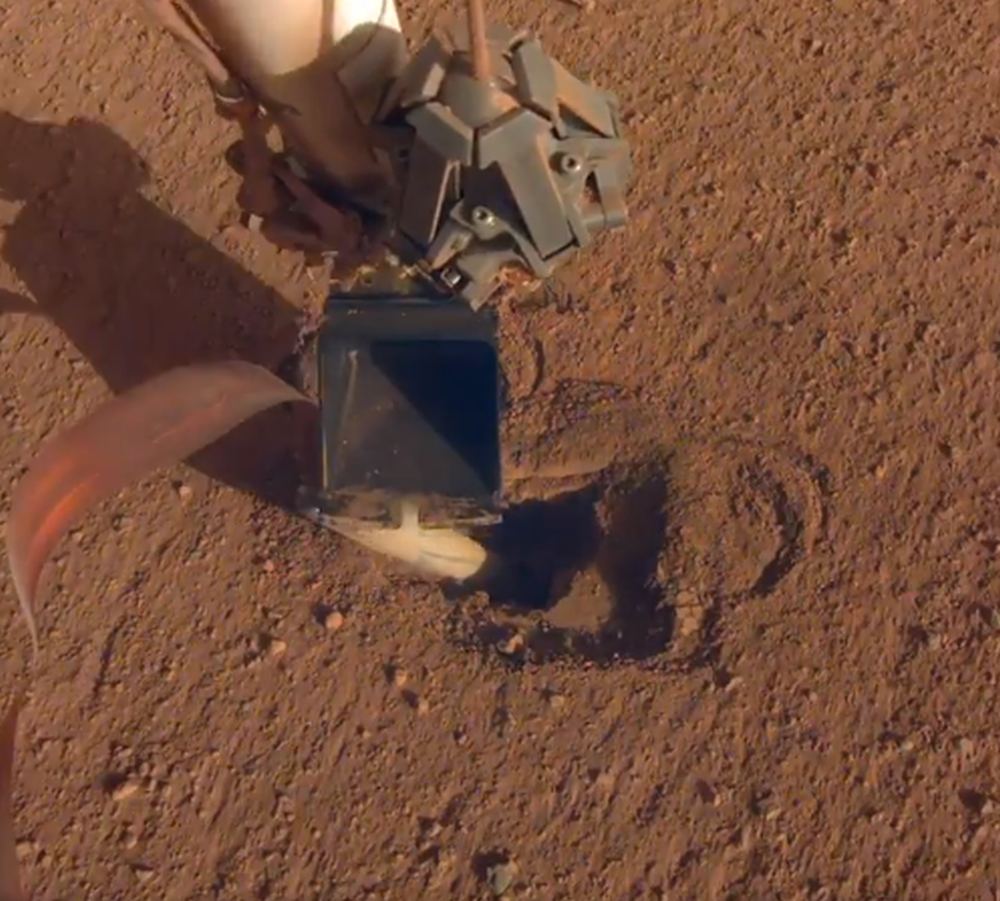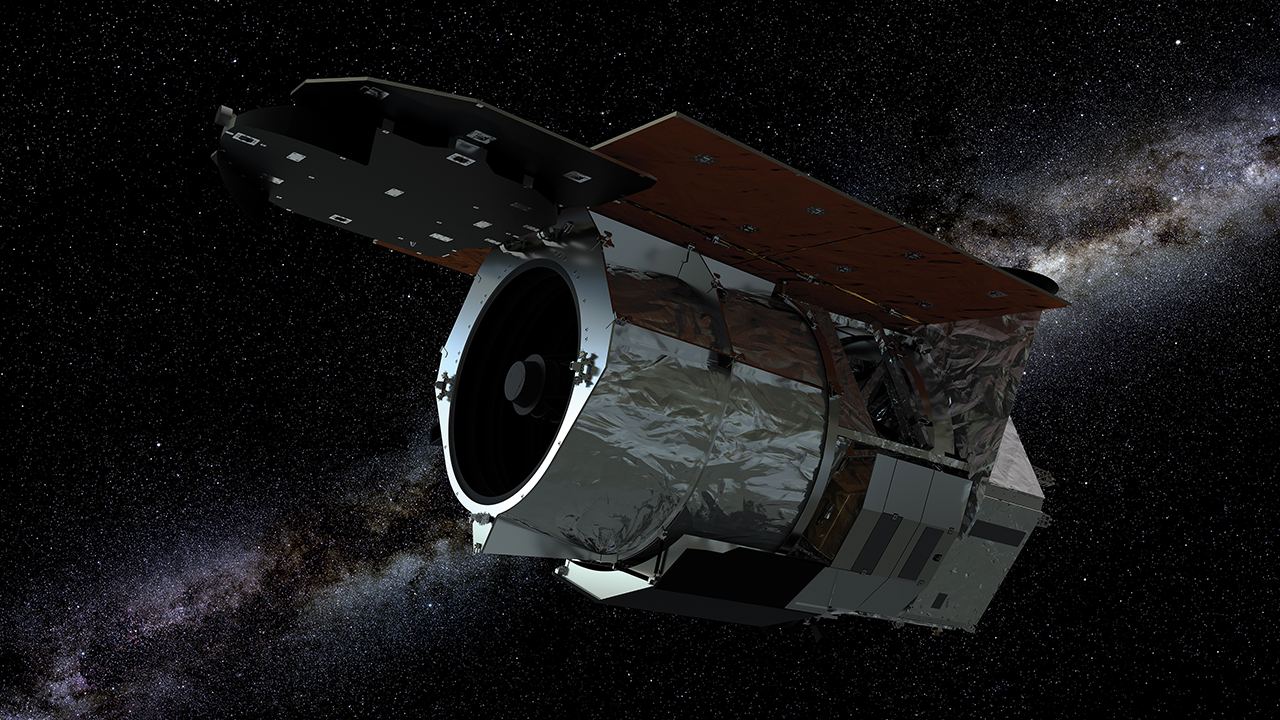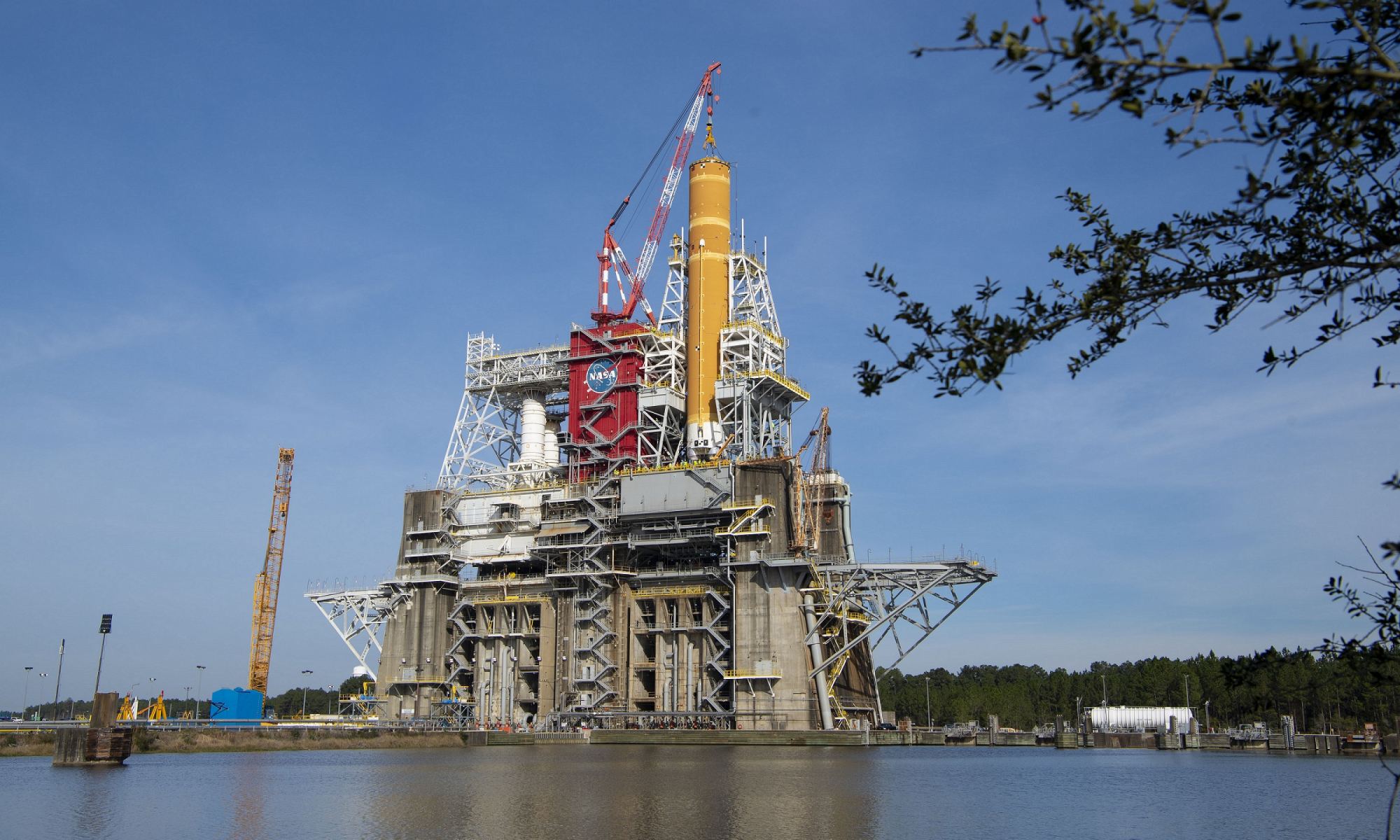Is it time to head back to Neptune and its moon Triton? It might be. After all, we have some unfinished business there.
It’s been 30 years since NASA’s Voyager 2 spacecraft flew past the gas giant and its largest moon, and that flyby posed more questions than it answered. Maybe we’ll get some answers in 2038, when the positions of Jupiter, Neptune, and Triton will be just right for a mission.
Continue reading “NASA Thinks it’s Time to Return to Neptune With its Trident Mission”
